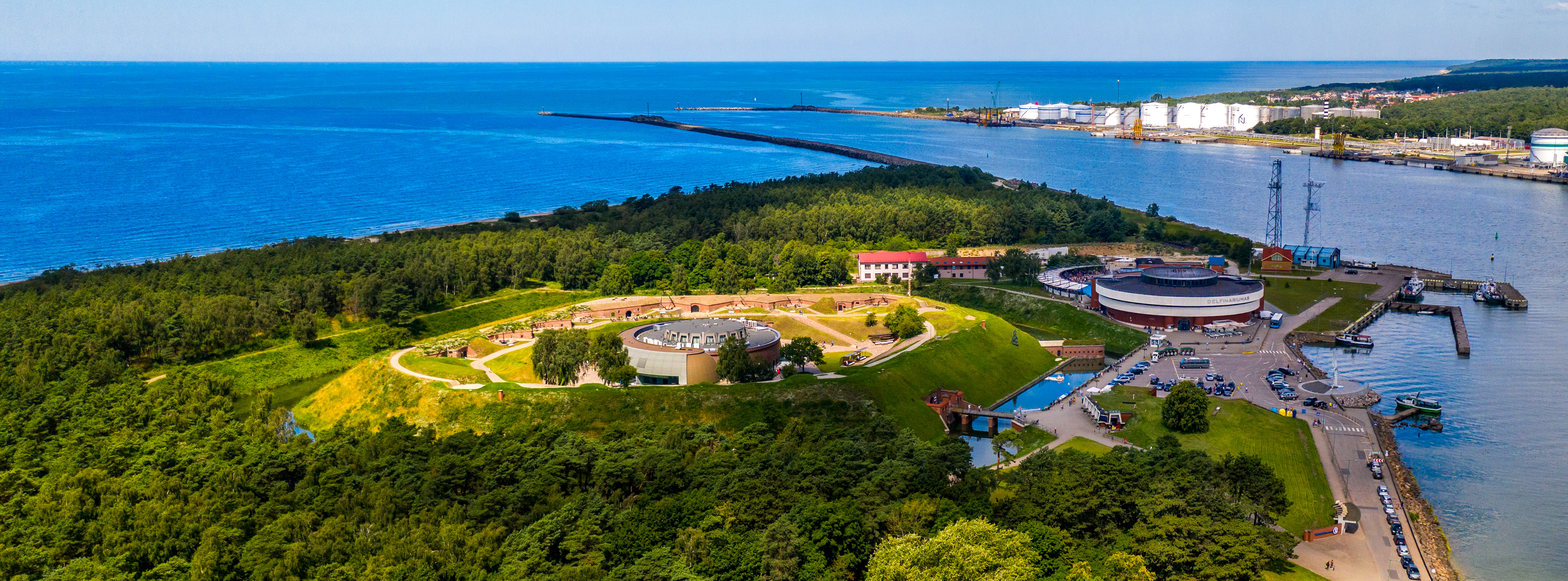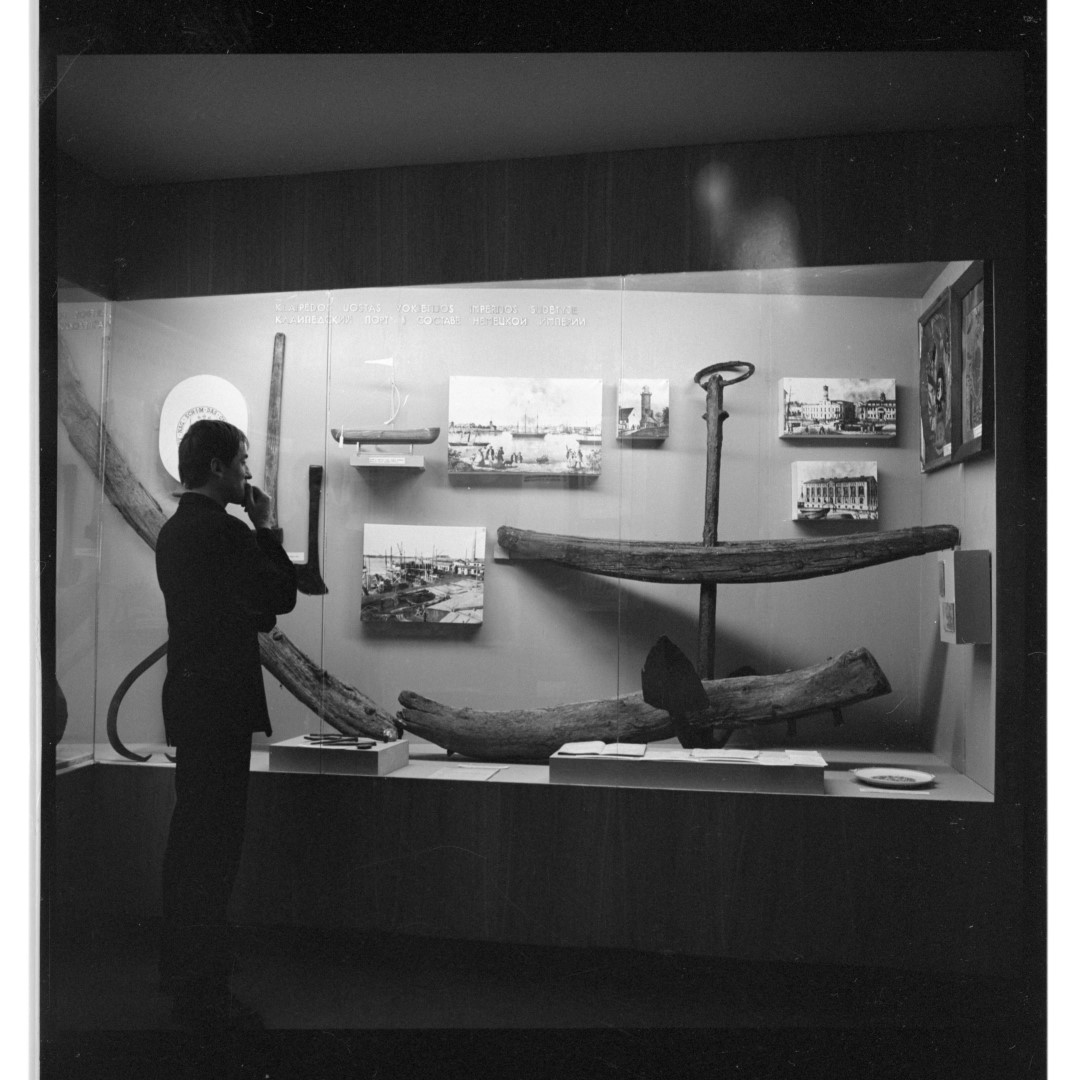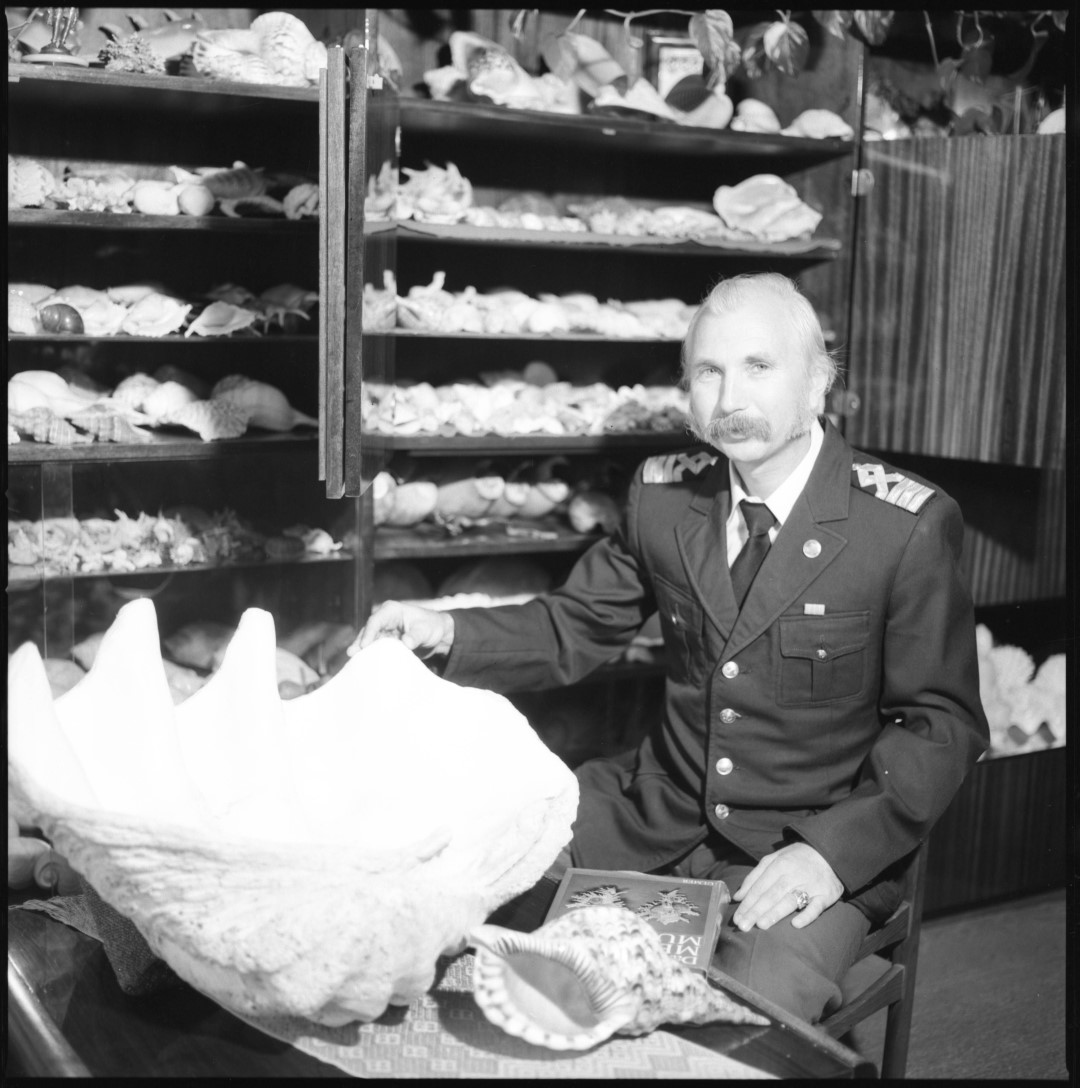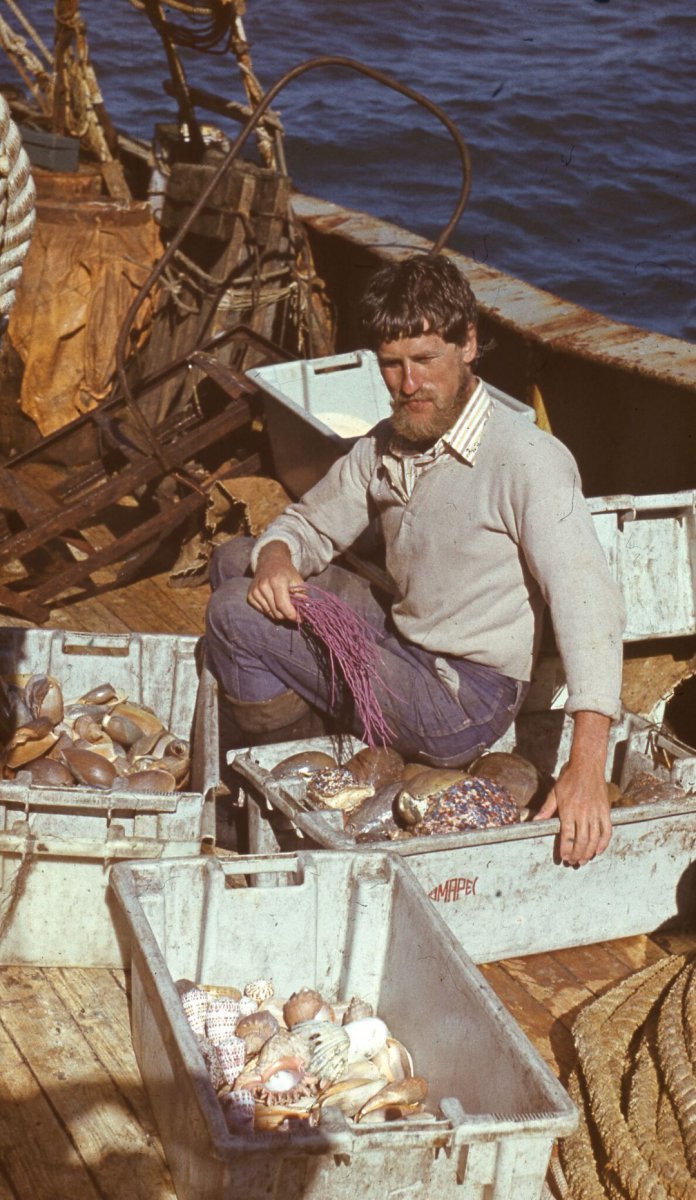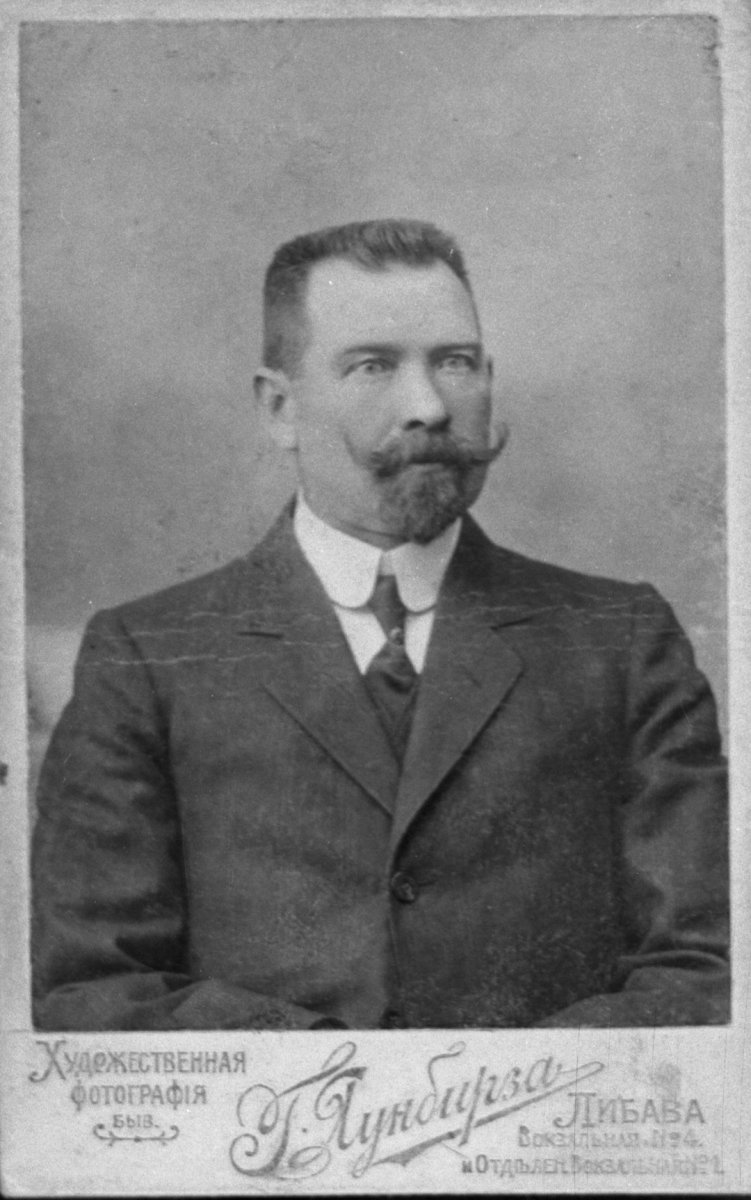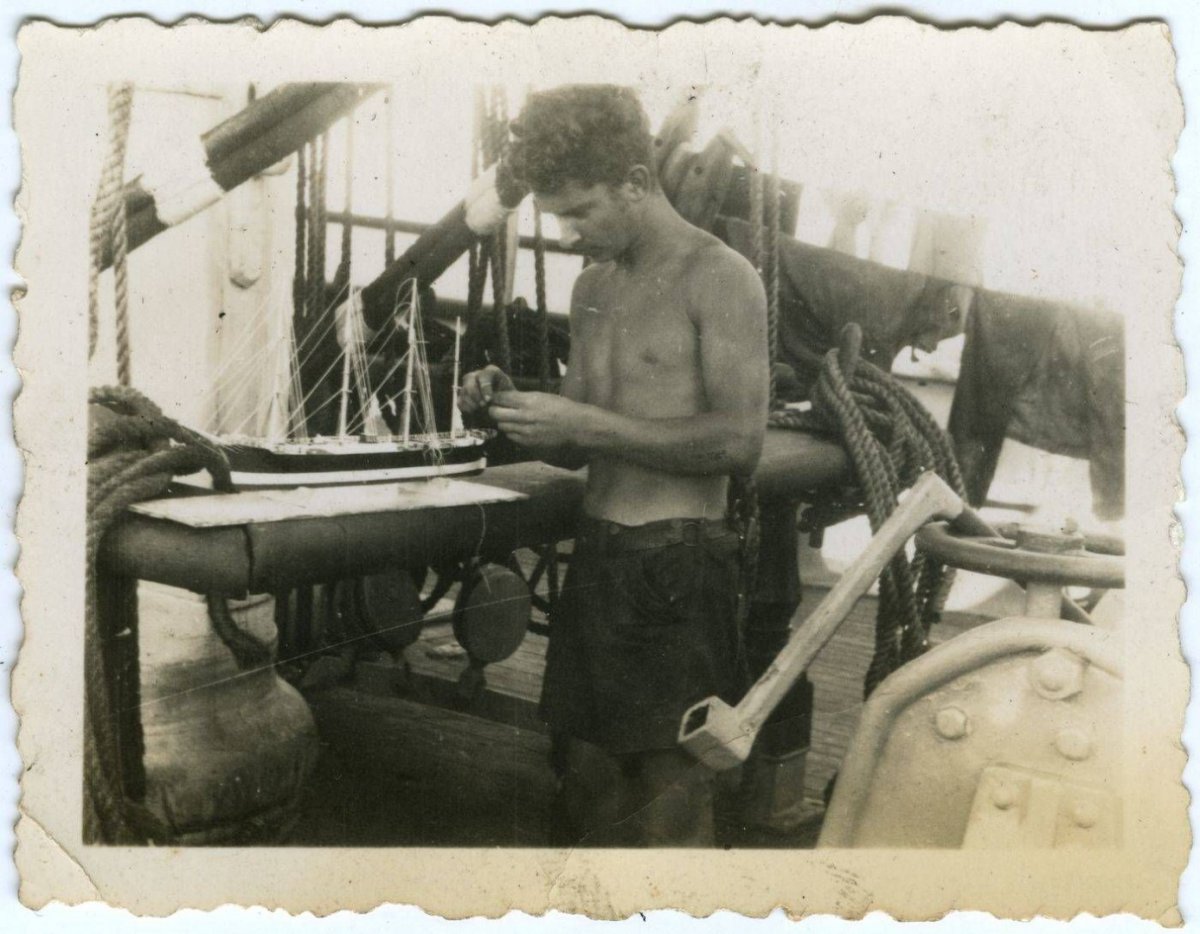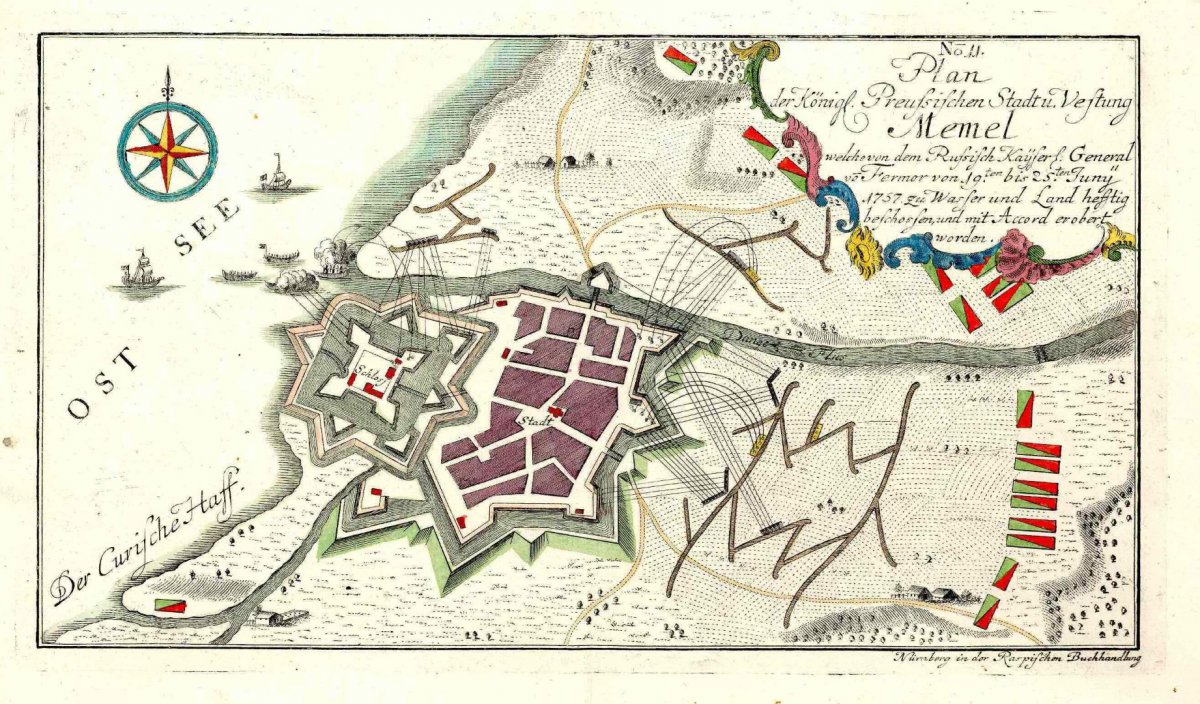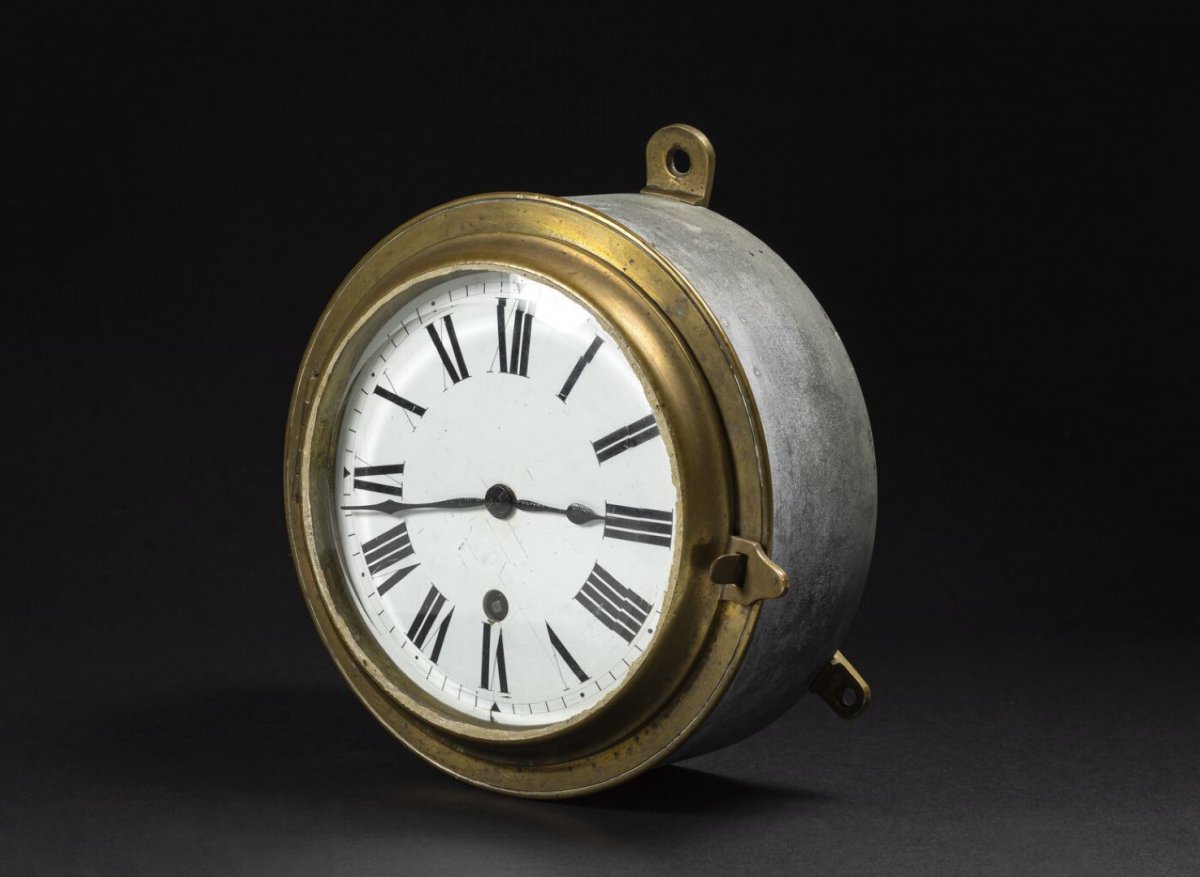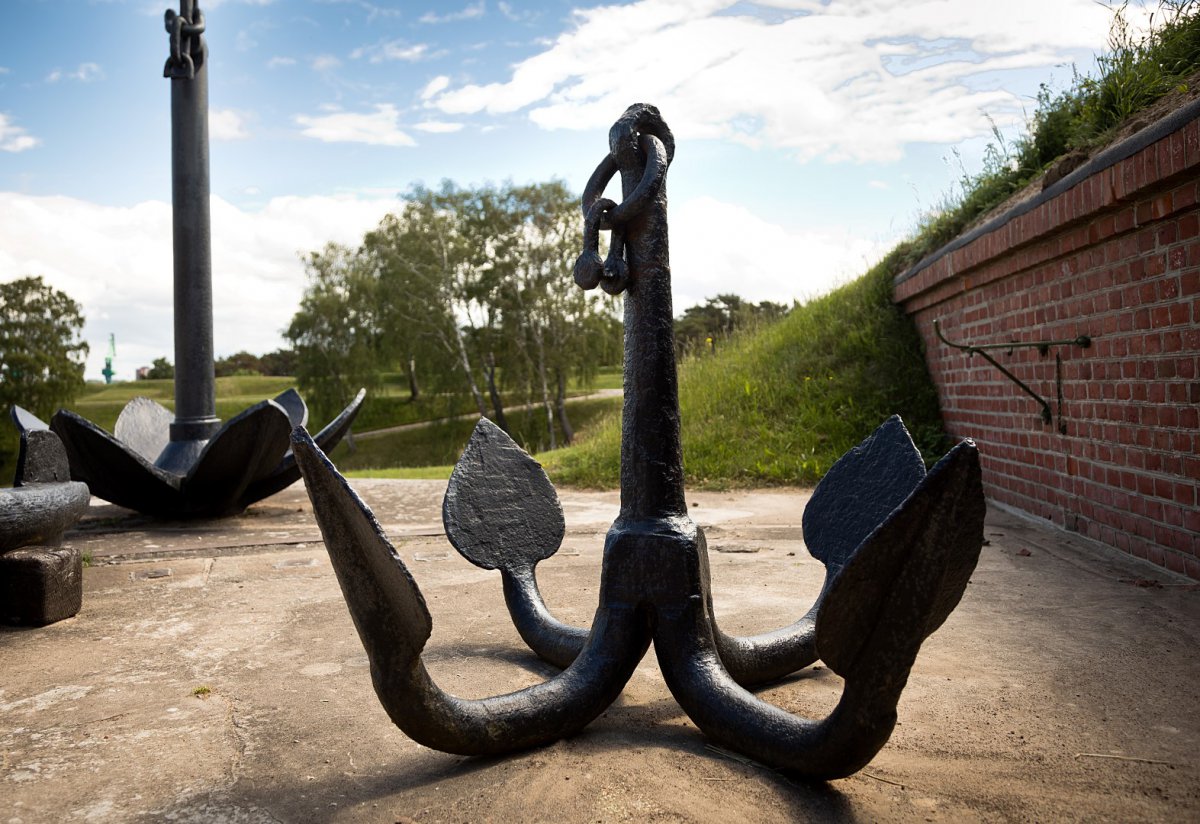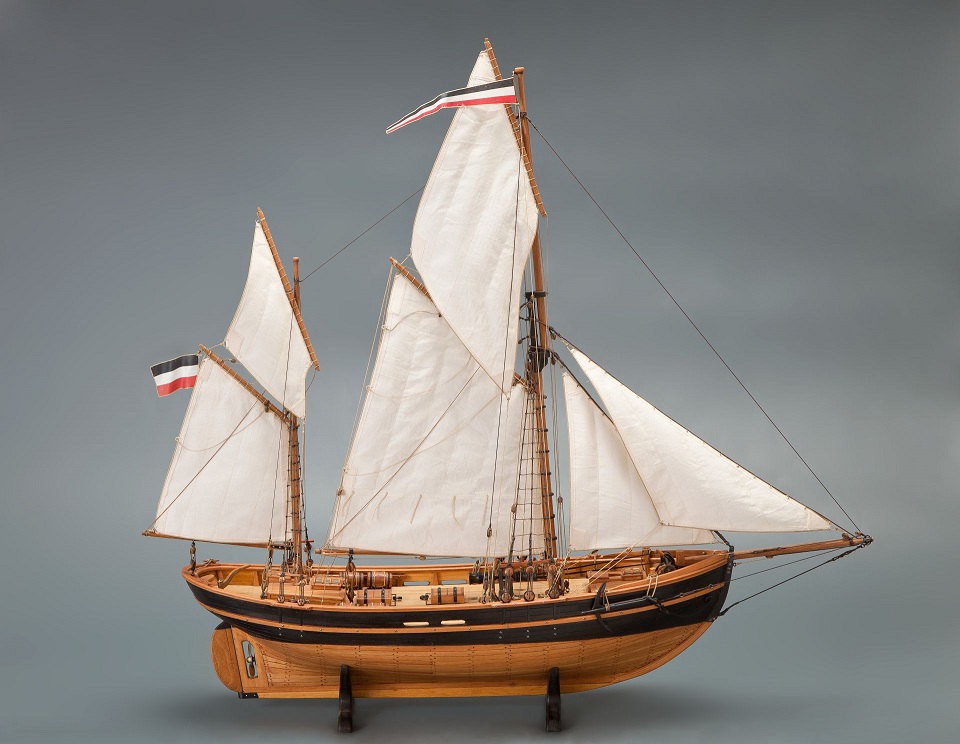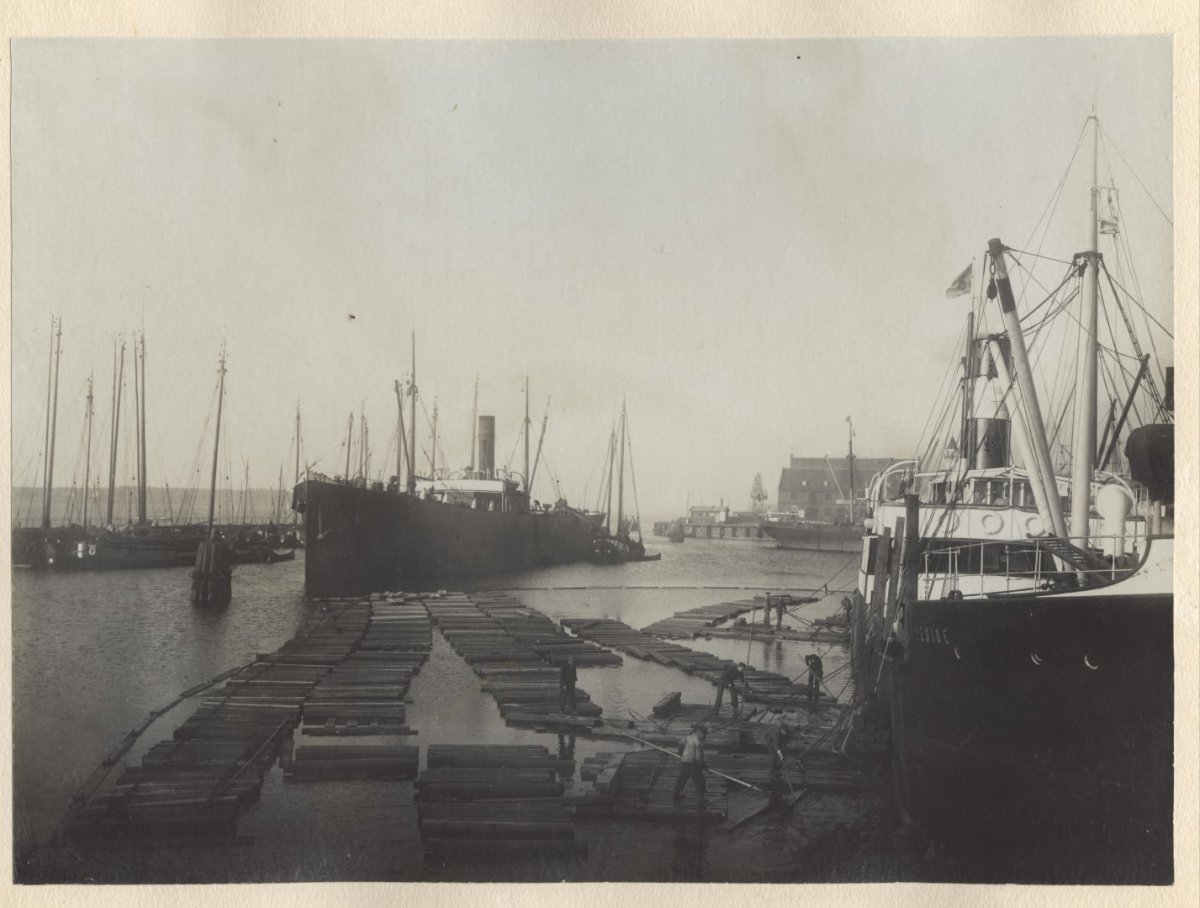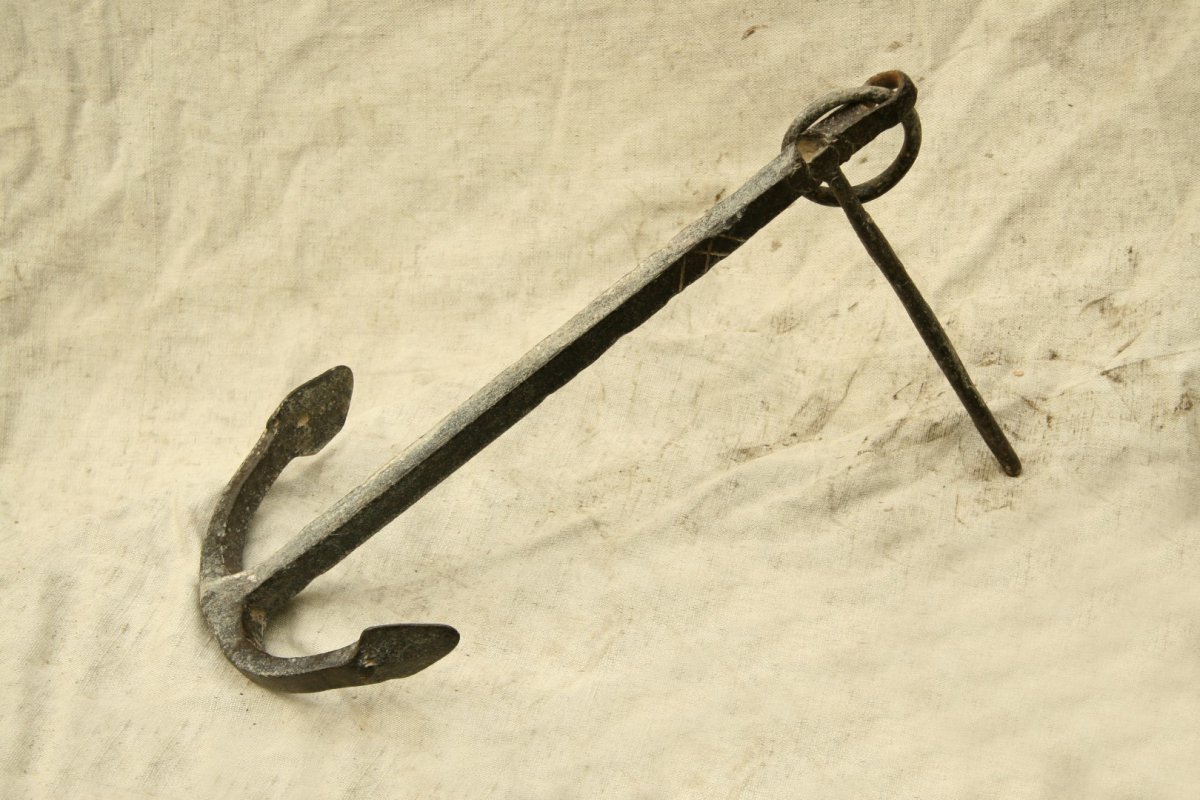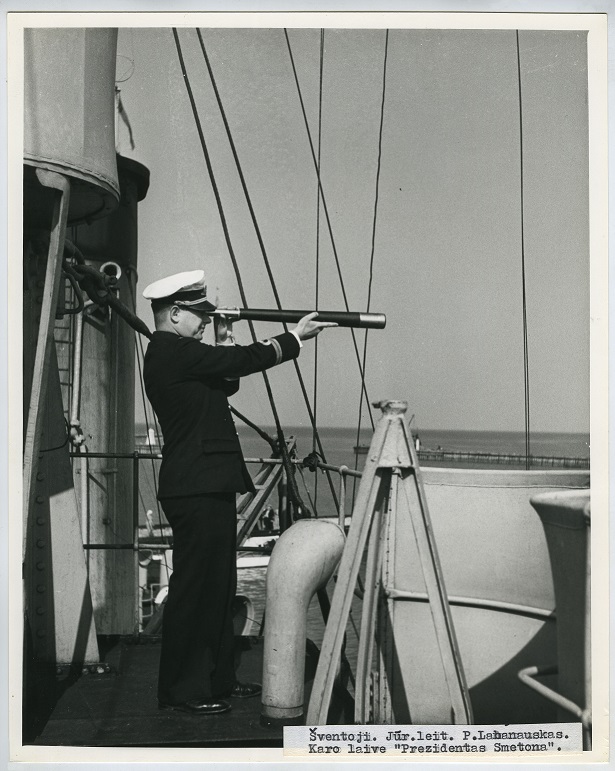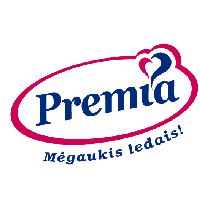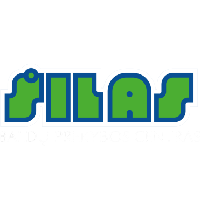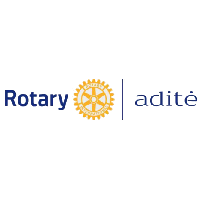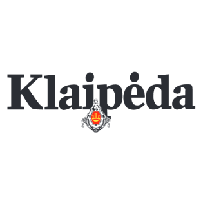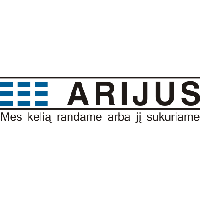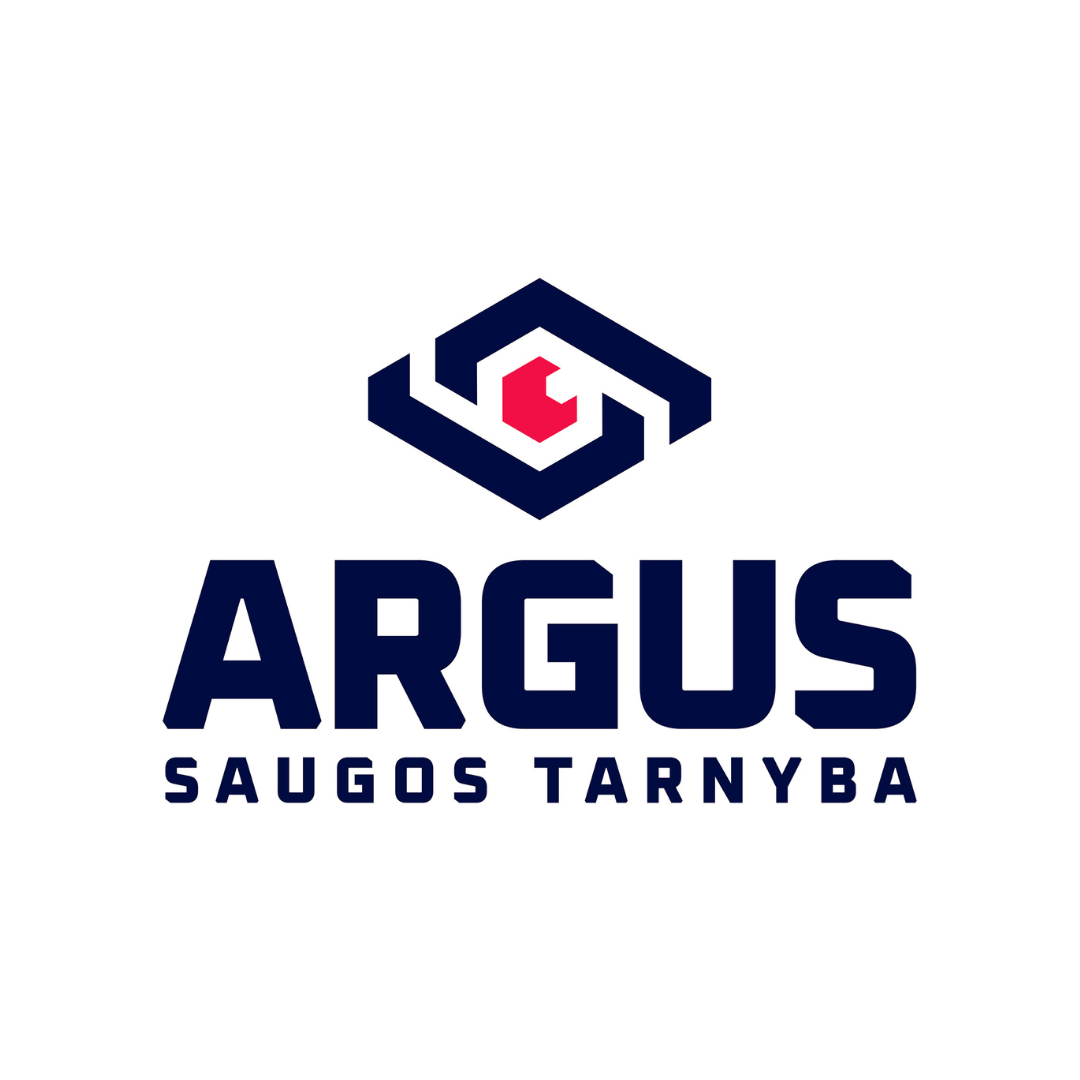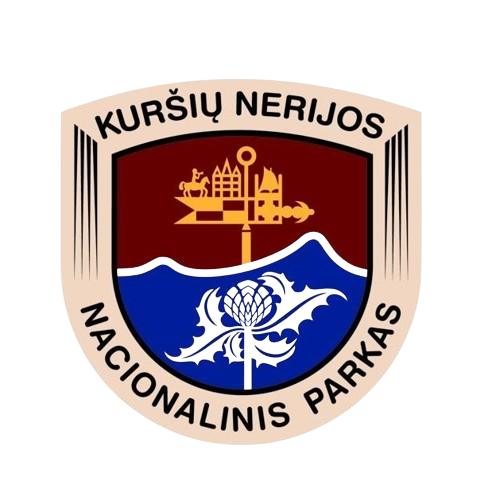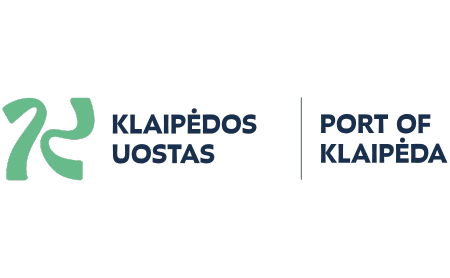The collections of the Lithuanian Sea Museum cover topics of the sea fauna variety, in particular, the fauna of the Baltic Sea, navigation and shipping history, traditional fishing by the Lithuanian seacoast and the Curonian Lagoon, tangible and intangible marine culture heritage. Variety of the exhibits include buttons of seafarers’ uniform as well deep-sea vessels, the range from stamps to charts, from tiny shells to lifelike models of giant sea animals.
As defined in the strategy of the Museum, the collections are accumulated following the aims:
- to increase the attractiveness of the Museum’s exhibitions introducing modern and innovative solutions;
- to upgrade the accounting system of exhibits and make them more accessible to the public;
- to become the center of marine culture and heritage
History of the Collections
The start of the collections of present Lithuanian Sea Museum dates back to 1967, when a Maritime Department was established in Klaipeda Region Museum. The first maritime exhibition was arranged in 1971. That was a short presentation of ships’ and seamen stories and display of shells borrowed from Feliksas Rimkevičius, a pilot of the port of Klaipeda and private collector. Great interest and positive reviews about the exhibition motivated further accumulation of sea fauna exhibits, in addition to exhibits of navigation history, historical documents. The idea of the maritime museum was born.
Klaipėda Maritime Museum was established on 1 October, 1975. Klaipeda Region Museum presented the new-born museum with 3000 exhibits. The collection of sea fauna was supplemented after the expedition to the Middle East Atlantic bringing back samples of crustaceans, echinoderms, mollusks and fishes. Following the initial concept of maritime museum, specialists of the Museum were collecting available related exhibits, including replicas, models, and moulages.
Initiator and former director of the Museum in his memories described how difficult it was to collect the exhibits of the Lithuanian navigation history as they were distroyed or lost in the war and after. The lack of authentic exhibits was substituted by impressive ship models representing different epochs of seafarering. Today the Lithuanian Sea Museum is proud of its numerous and unique collection of ship models in Lithuania, together with the collection of anchors which is unique, as well.
28 July, 1979 Klaipeda Maritime Museum and Aquarium was opened in the Nerija Fort. In vicinity there were established an etnographic fisherman’s farmstead and the ground of old fishing ships. At the end of 1979 collections of the Museum counted 5060 exhibits.
Over a decade, the number of exhibits increased to 25 438. The structure of the collection was created and the thematic topics were defined: nature and history of navigation.
Natural topic is related with the collections of sea fauna, natural preparations from the Curonian Spit, live aquatic animals.
Historical topic encompasses collections of ethnography, archaeology, numismatics, philately, philocarty, written sources, navigational devices and equipment.
At the end of 1999 the Museum owned more than 36,000 exhibits and at the end of 2009 – 86,000.
Since 2010 the animals of the Museum have been assigned as biological asset and are treated according to the animal care regulations.
Present total number of the Museum’s exhibits is 88563.
